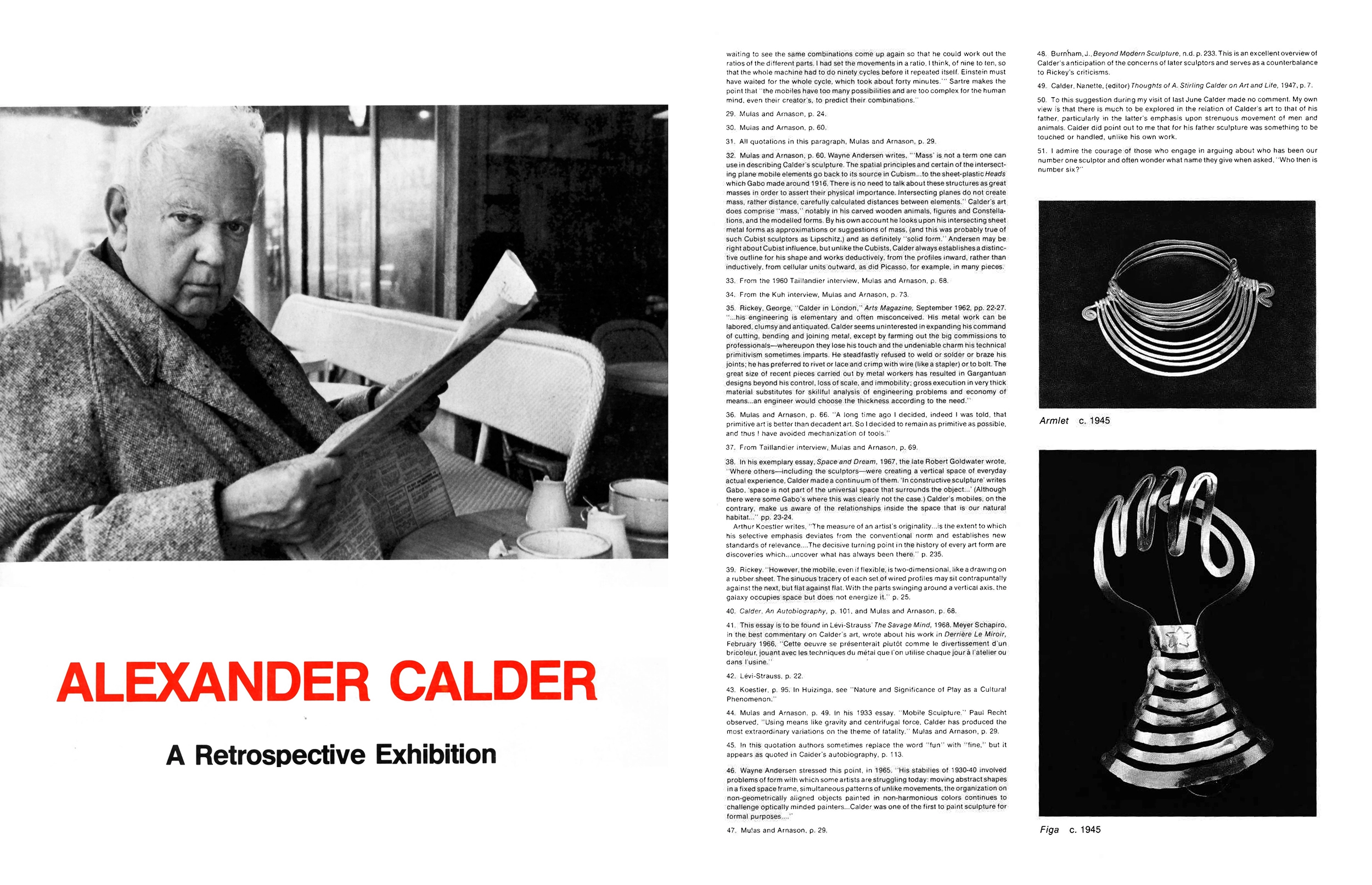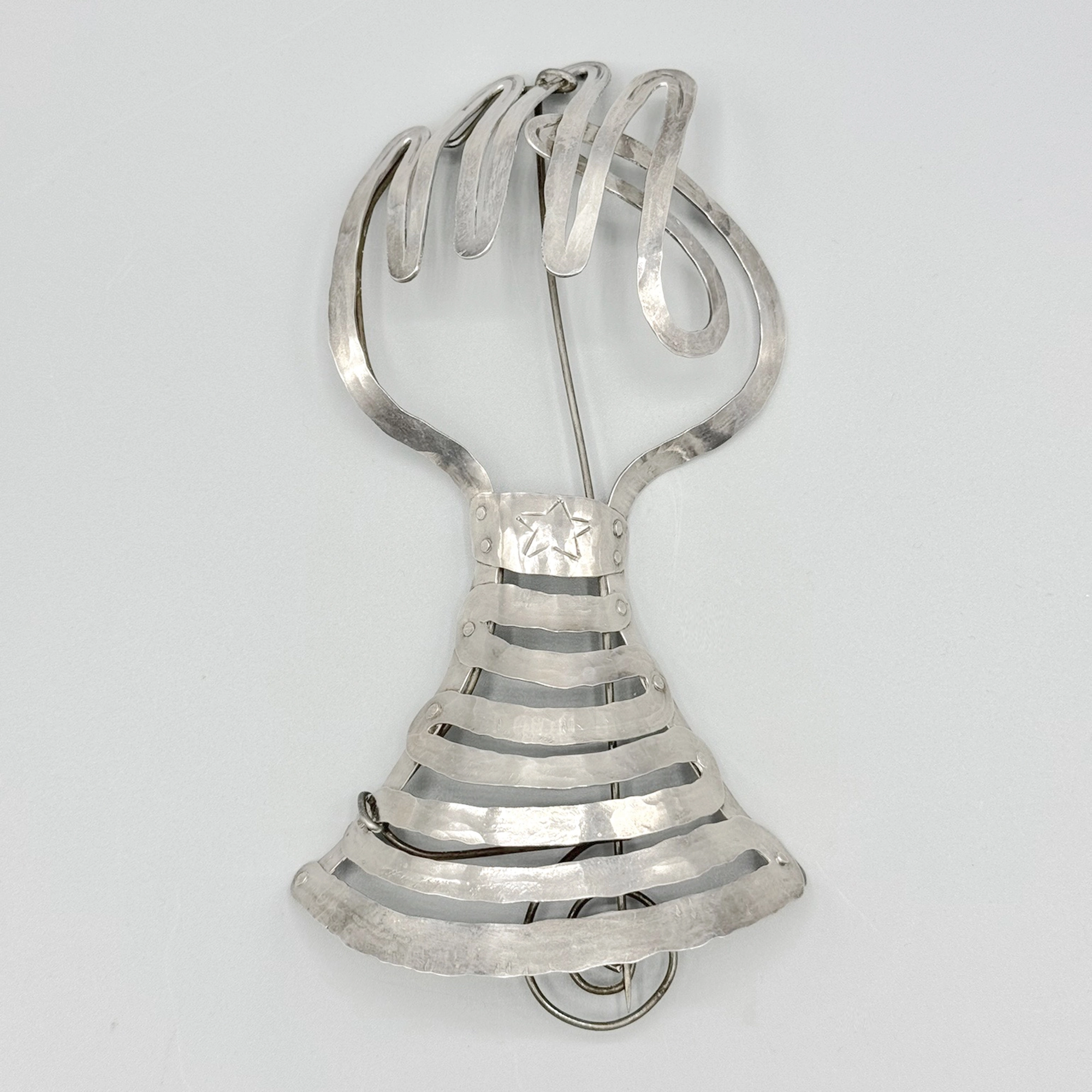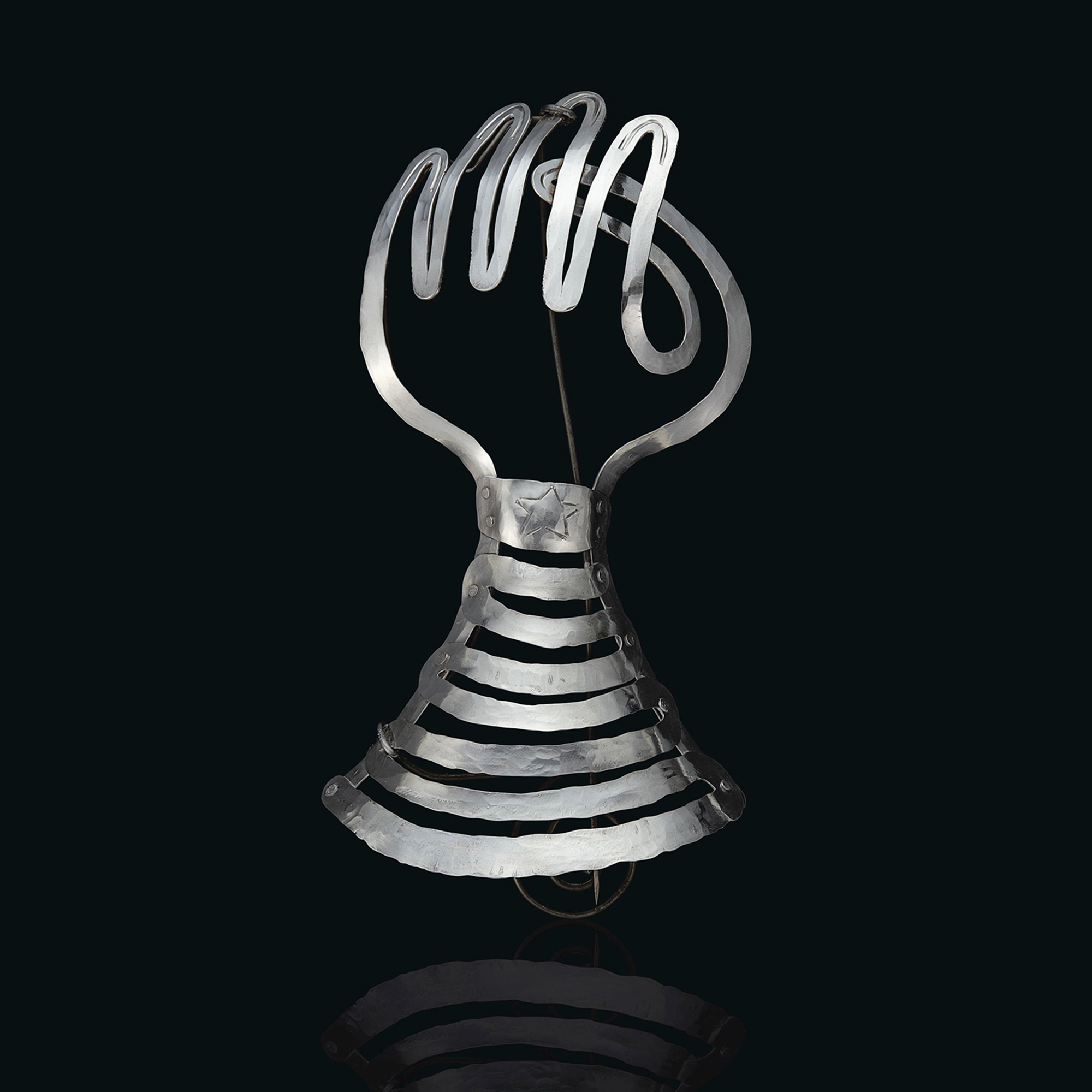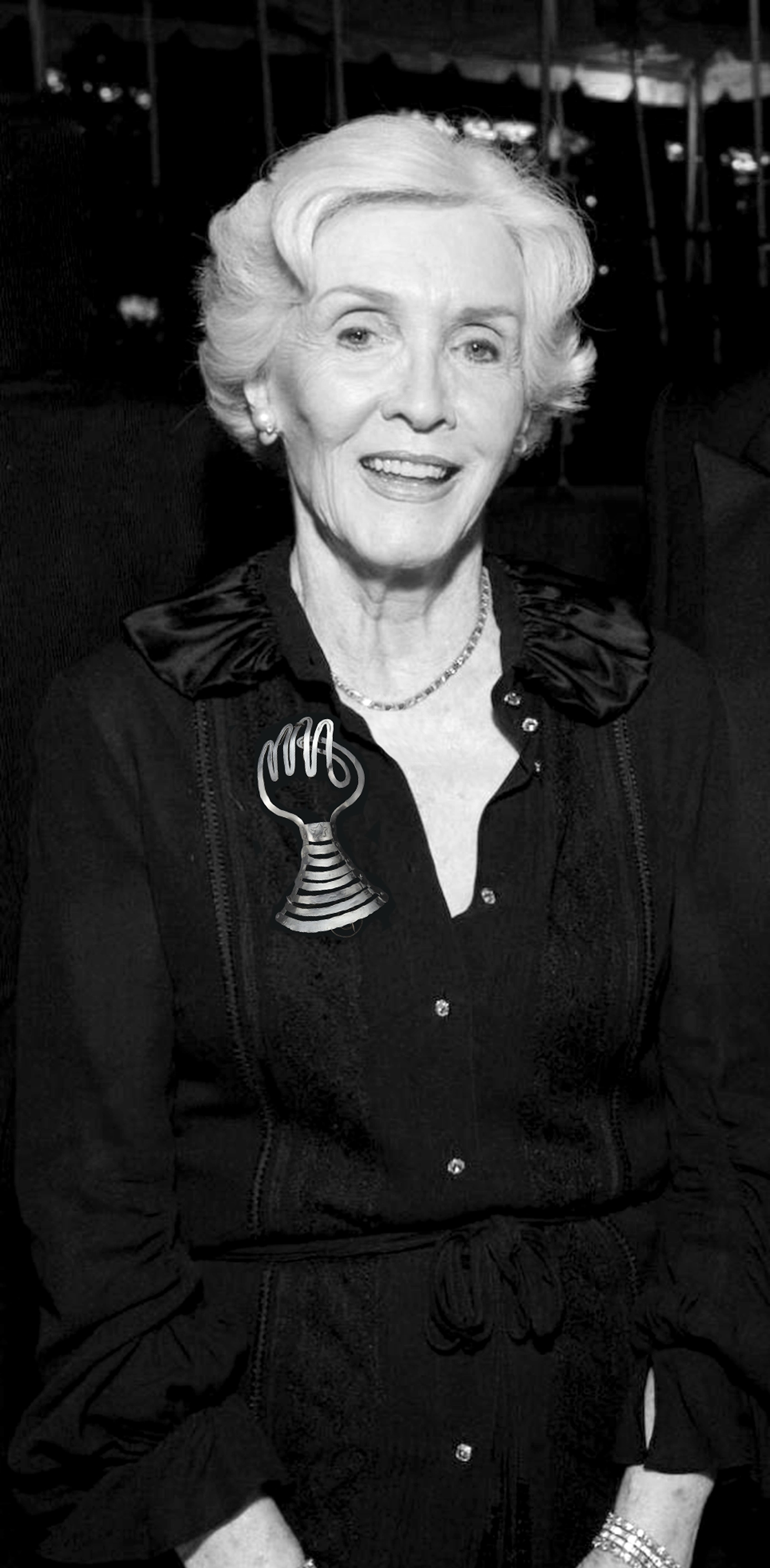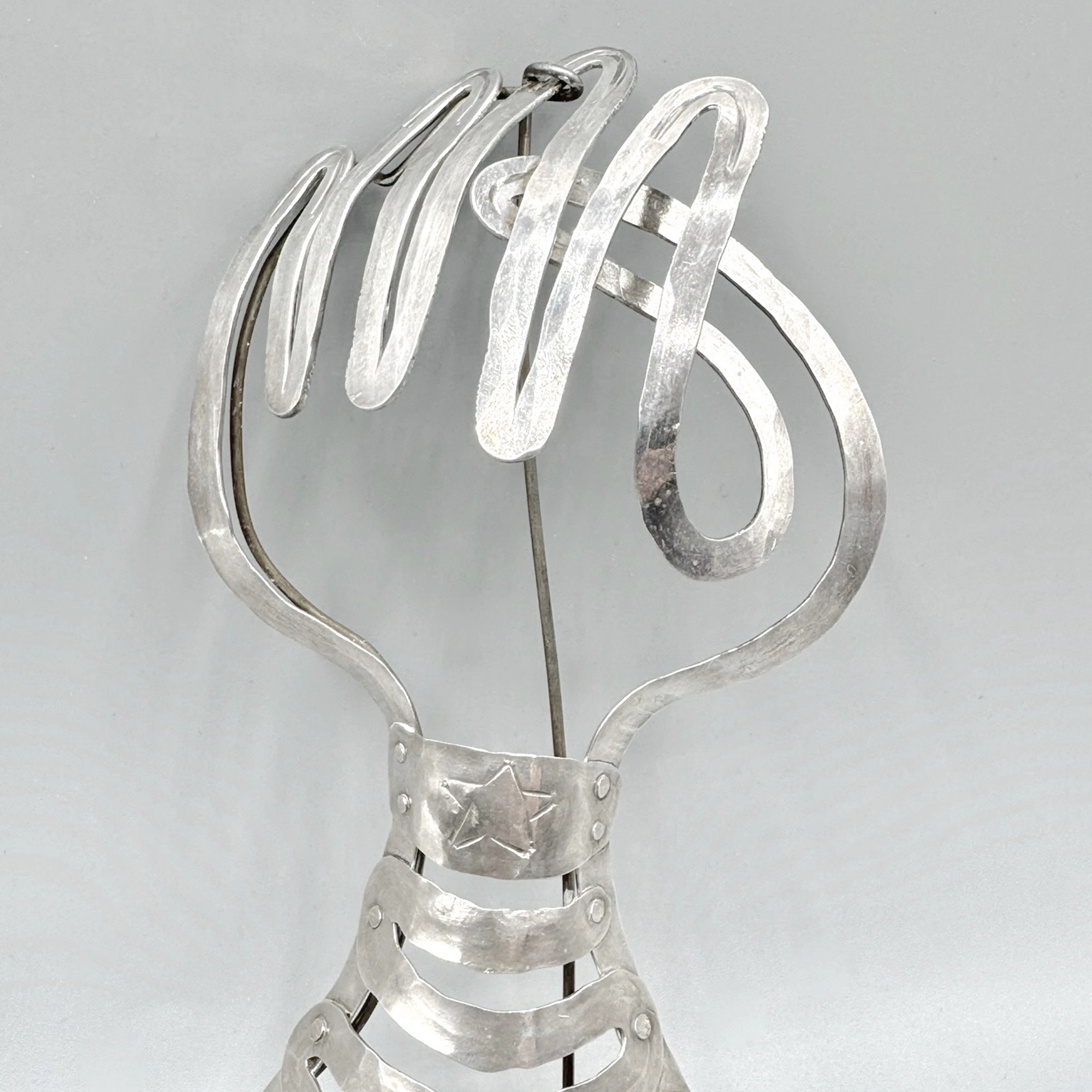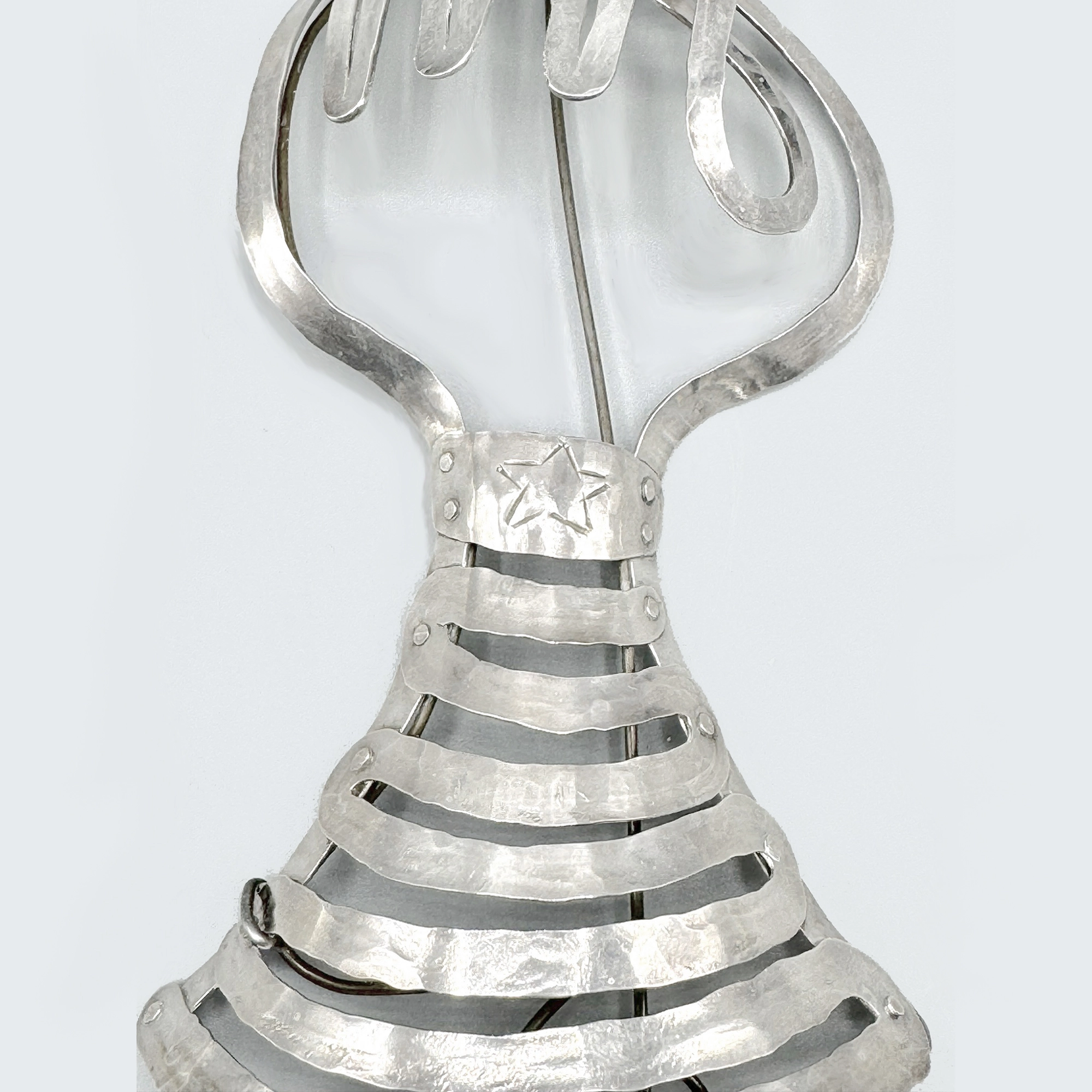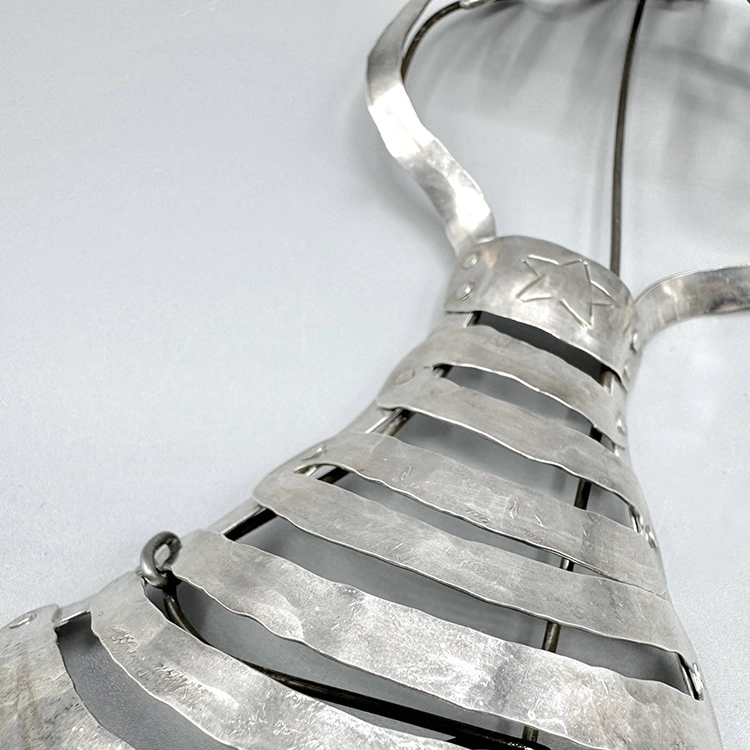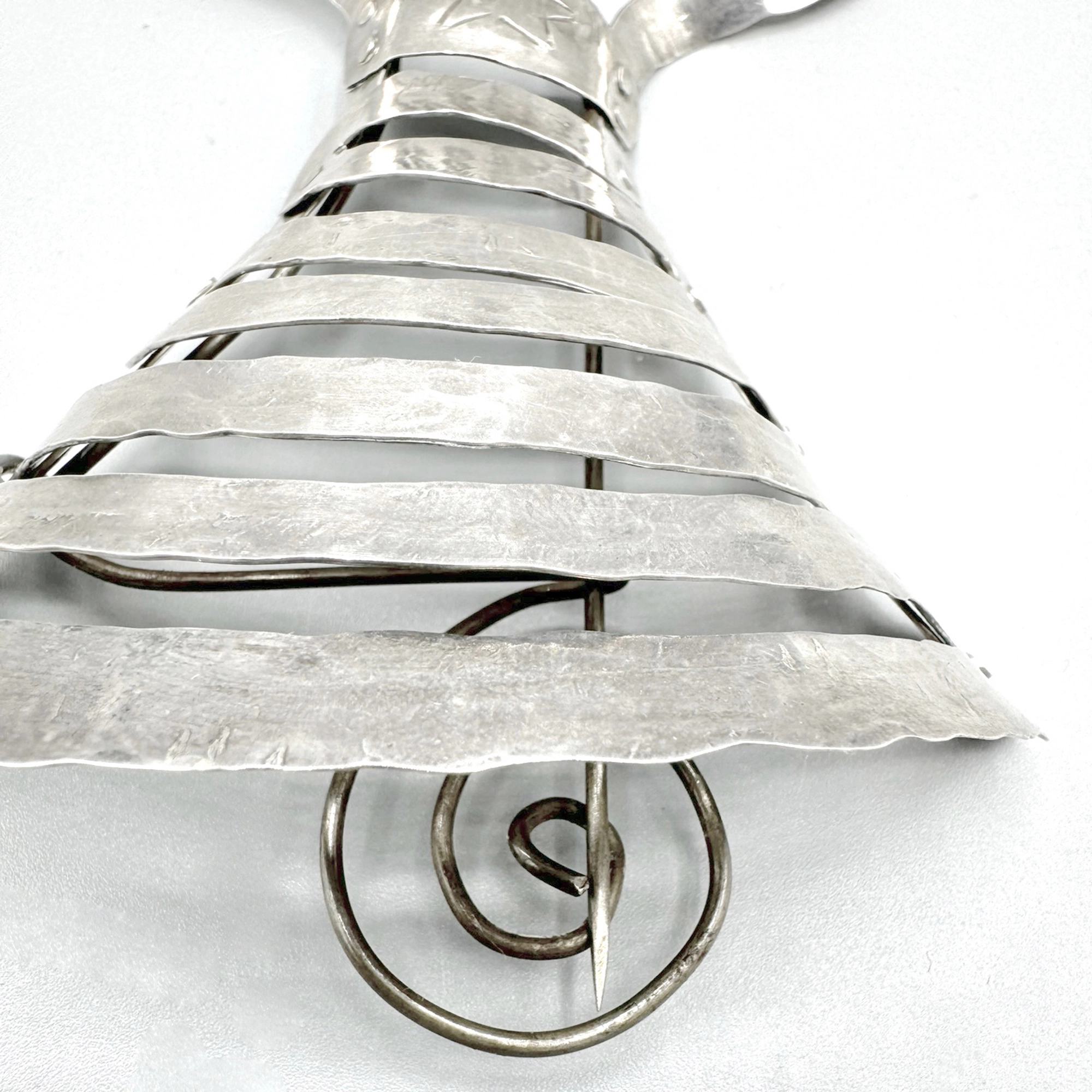Figa Brooch, circa 1948
6 1/2 x 3 1/8 x 7/8 inches
This work is registered in the archives of the Calder Foundation, New York, under application number A12870
Provenance
Perls Galleries, New York
The James and Marilynn Alsdorf Collection, acquired from the above, 1968
Christie's, New York, November 19, 2019, Lot 661
Private Collection, New York, acquired from the above, 2019
Literature
Museum of Contemporary Art Chicago, Alexander Calder: A Retrospective Exhibition, Work from 1925-1974, 1974, this Figa Brooch reproduced, n.p.
Calder Jewelry, 2007, Edited by Alexander S. C. Rower and Holton Rower, Yale University Press, similar Figa jewelry reproduced, pages 106-107 and 270.
Calder's Universe , Jean Lipman, The Whitney Museum, The Viking Press, New York, 1980, similar Figa jewelry reproduced, pages 210 and 213.
The Intimate World of Alexander Calder, Danial Marchesseau, Harru N. Abrams, Inc., New York, 1989, similar Figa jewelry reproduced, pages 301 and 321
Exhibited
Museum of Contemporary Art Chicago, Alexander Calder: A Retrospective Exhibition, Work from 1925-1974, October-December 1974
Calder Foundation
A similar Figa Brooch in the collection of the Philadelphia Museum of Art and four similar Figa 1948 Silver jewelry works, including Figa Brooch, 2 Figa Hair Ornaments and a Figa Fork reproduced online at the Calder Foundation
Additional Photos
Alexander Calder Figa brooch c. 1948, Collection Calder Foundation, New York
The Alexander Calder Figa, 1948 sterling silver brooch, available for sale from Joseph K. Levene Fine Art, Ltd., is not only a statement piece of jewelry but also a sculpture of wearable art. This Figa Brooch can be worn on a dress or lapel, but it also stands as a sculptural work, easily displayed in a frame or on a pedestal. Standing 6 1/2 inches tall, this Figa Brooch is larger than many of Calder’s standing mobiles, which can be as small as one or two inches.
This extraordinary Figa Brooch, 1948 has an important pedigree. It was exhibited in the 1974 Calder Retrospective at the Museum of Contemporary Art, Chicago, Illinois, and included in the exhibition checklist of the accompanying catalogue. This Figa Brooch was previously owned by Mr. and Mrs. James Alsdorf, collectors of many works by Alexander Calder. Mr. Alsdorf served as chairman of the board of the Art Institute of Chicago from 1975 to 1978. Other examples of Alexander Calder Figa Brooches are reproduced pages 106-107,Calder Jewelry, 2007, Yale University Press; another Figa Brooch is in the Philadelphia Museum.
Mark Rosenthal observed in Calder Jewelry, Yale University Press, 2007: Calder was intrigued with the age-old form of the figa, a Brazilian good luck charm often shaped as a fist with the thumb placed between the index and middle finger. The ancient amulet came to the New World with the African slave trade and remains a symbol of good luck and fertility among Brazilians. When Alexander Calder and his wife Louisa arrived in Rio de Janeiro, Brazil in 1948, Lota de Macedo Soares, a good friend of the couple, encouraged Calder to create sculpture while in Rio. Calder visited a hardware store and purchased a hammer, anvil, tinsnips, sheets of aluminum and steel wire. I hastily took a piece of aluminum sheet and fashioned a figa-the Brazilian good-luck piece...finally I put a wire pin on the figa and gave it to Lota, who often wears it as a barrette.
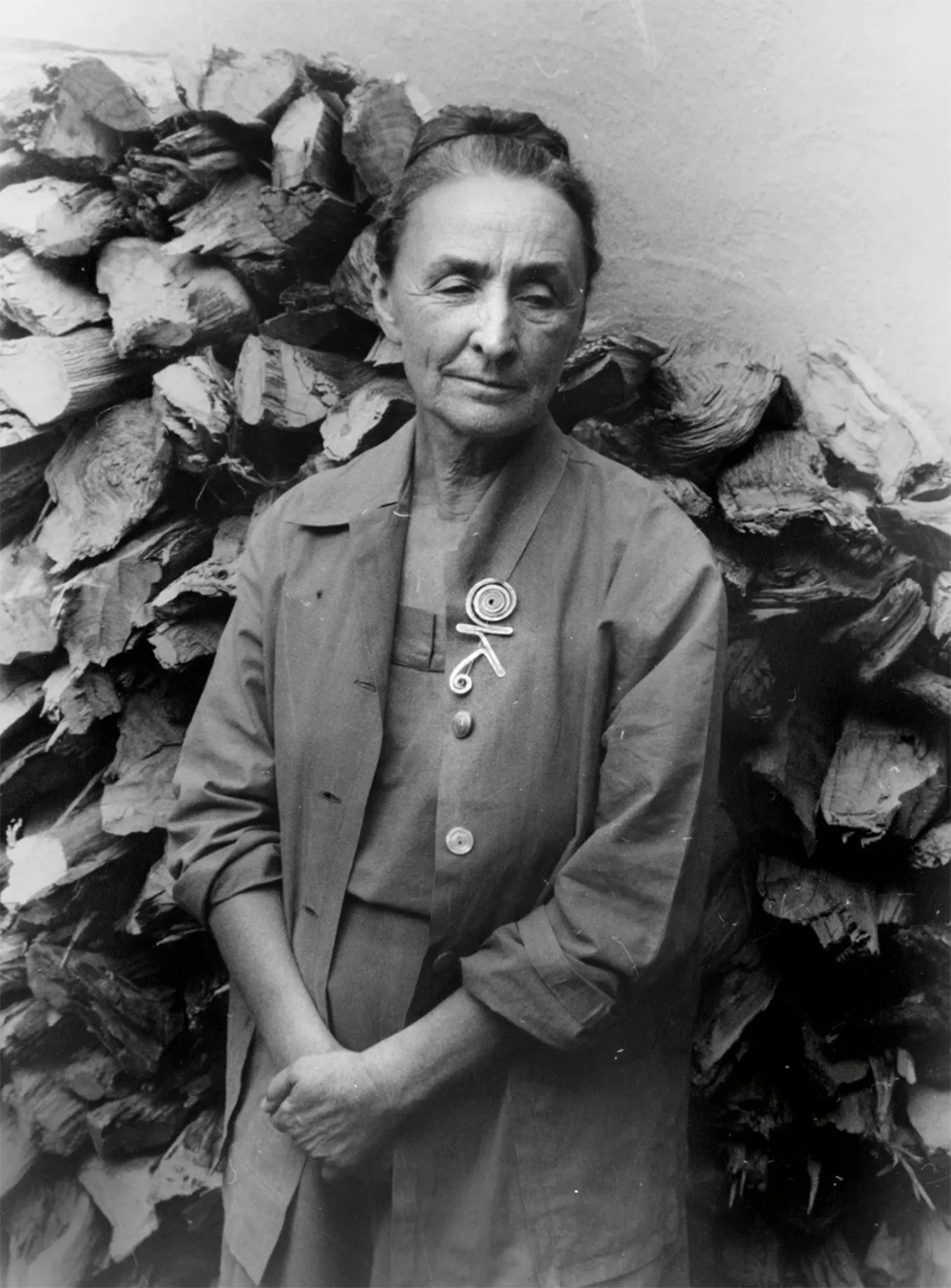
Calder first exhibited his jewelry in 1929, alongside his paintings and sculptures. Initially, Calder sold his jewelry at particularly low prices to support himself while establishing his career as a sculptor. Later, Calder made jewelry for his wife and as gifts for friends, including the wives of artists such as Joan Miró, Marcel Duchamp, Luis Buñuel, and Marc Chagall. By the late 1930s, society women began to recognize Calder's jewelry as "wearable sculpture"—pieces appealing to avant-garde tastes and designed to make a dramatic statement. Notable collectors included Frances J. Whitney, Georgia O'Keeffe, Peggy Guggenheim, and Mary Rockefeller. It was said that Mary Rockefeller required "a little elbow room" when she wore her Calder necklace at art openings. In her autobiography, Peggy Guggenheim boasted, "I am the only woman in the world who wears his enormous mobile earrings".
The Calder Foundation estimates that the artist produced around 1,800 pieces of jewelry during his lifetime. Unlike other 20th-century artists who dabbled in jewelry making, such as Pablo Picasso, Max Ernst, Georges Braque, Man Ray, and Salvador Dalí, Calder refused to create multiples of his designs. Instead, he maintained complete control over each piece, insisting that all jewelry be handcrafted by him personally. Calder often made his creations from a single strand of silver or brass wire, using rivets to connect the pieces rather than soldering joints.
Calder once remarked: "I don’t want to ever compete head-on with a jeweler who’s makes things out of precious materials because it’s a very different thing. They are doing that to enhance the beauty of the wearer to make the stone look fabulous; this is about a statement, they’re really little sculptures…[that] make people think about jewelry in a different way."
